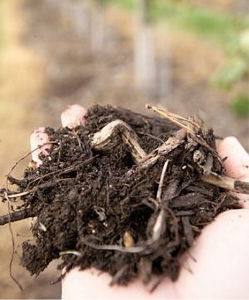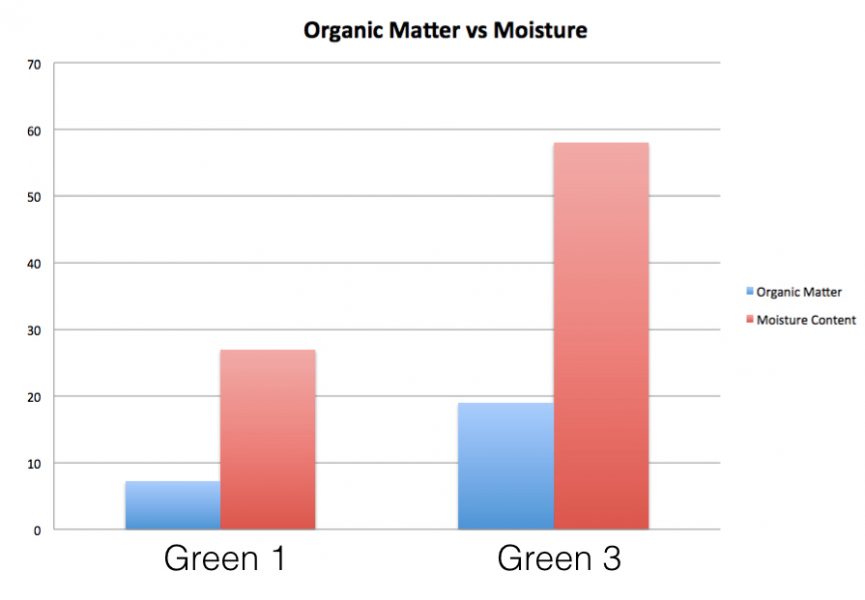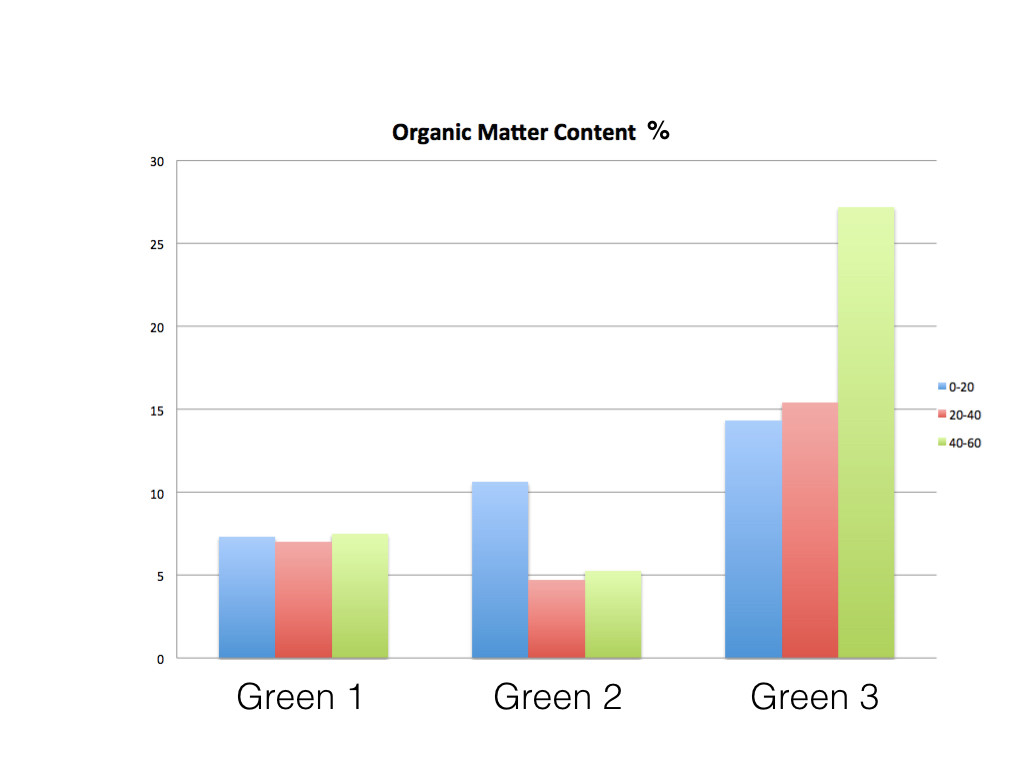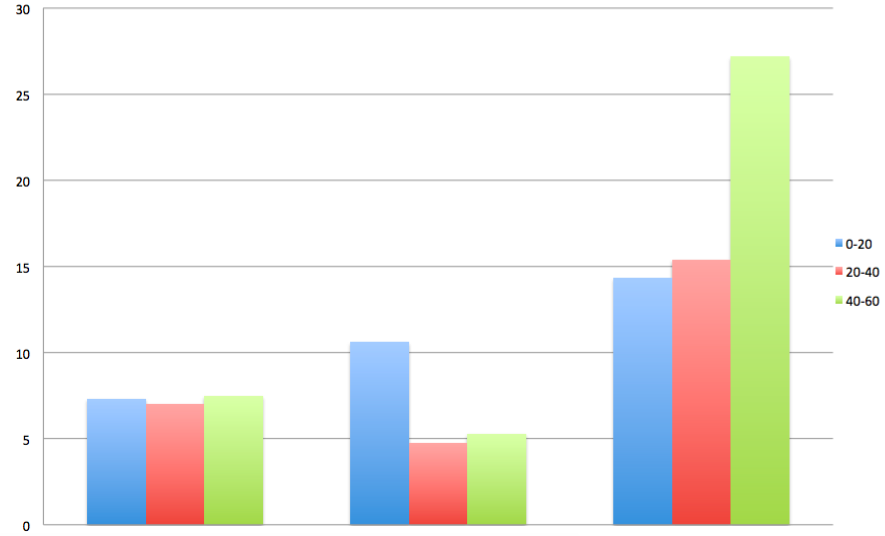Today is World Soil Day (WSD). A campaign that aims to connect people with soils and raise awareness on their critical importance in our lives.
To mark the occasion The Food and Agriculture Organisation of the United Nations has produced a wonderful series of Postcards that highlight the main threats to world soil health. In the UK we don’t do particularly well with many of them.




